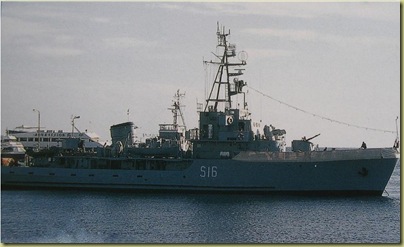 The El Minya (58m long by 9.5m wide) was a Russian built T-430 minesweeper donated to the Eqyptian Navy by Russia.
The El Minya (58m long by 9.5m wide) was a Russian built T-430 minesweeper donated to the Eqyptian Navy by Russia.
On the 6th of February 1970 (during the Six Days war) Israeli aircraft came in at low altitude to attack the radar station next to the airfield. The El Miniya was in the direct flight path of the Israeli aircraft and it was probably attacked because of its anti aircraft guns
A small bomb hit her on the starboard side of
the bow and the minesweeper rolled upside down. Still floating she was again attacked by the Israeli aircraft with machine guns and eventually she sank on her port side.
The wreck is only a few minutes outside the harbour entrance and is well visited by day boats who tie up to the wreck – usually to the starboard propeller shaft.
The seabed is at 32m and because there is a lot to see both on the sea bed, the starboard side and inside the wreck, this becomes quite a deep dive and decompression limits can become an issue. I am diving on Nitrox and therefore have slightly more bottom time than one of my buddies who is on Air although our dive times will be equally limited by our air consumption.
A pulling line has been laid from our stern to our bow to make it easy for us to get to the
mooring line which is attached to one of the 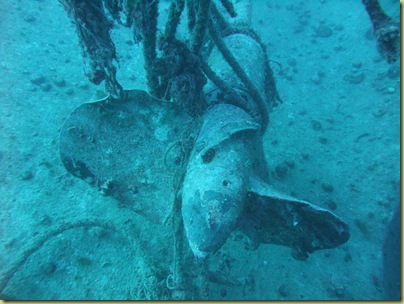
propellers near the rudder
and down which we will descend. The water
is quite murky because of the amount of boat traffic and silt which is generated by divers
on the wreck but once you get down to the wreck, it is clear enough for easy exploration.
Proceeding towards the bow, we pass the anti aircraft guns
and some anti-mine equipment
winches
open hatches
the funnel
the bridge
the anchor chain which still reaches the sea bed
and get to the bow
just to show I was there!
ascending slightly and going back past the bomb damage (here it is very easy to see inside the hull)
we pass the starboard anchor which is still in
place and see machine gun damage.
There is coral growth on the hull
and sea life such as this camouflaged jelly fish
numerous pipe fish
and lots of Gobies which also are well camouflaged
Here small fish are seeking protection from predators by living amongst sea urchin spines
We have not seen many nudibranc this trip but on the hull are a number of “Chromodoris annae”
then I enter the wreck
and explore the inside
before exiting near the stern because I have 7 minutes diving before it becomes a decompression dive to ascend back up the line. This really was an interesting dive – some reviews of the wreck have been negative but we all enjoyed it.
All in all, a very good last dive and a lot more interesting than the standard easy reef which is usually the only thing on offer.
The standard routine after the last dive is for the boat to rapidly resemble a laundry because every available square metre of external surface gets covered with dive equipment drying in the sun. However on this occasion, we were told we had to be off the boat within 90 minutes of our last dive (this time to include lunch) because a new group were boarding immediately. Hence we all had a rushed lunch and obtained numerous black plastic bags from the boat crew into which we could put our wet gear (only for it to be taken out again and dried at our hotel).
It was also tip time for the crew and dive guides. Tips form an essential element of their wages for the week (I have never learnt if they totally depend on tips or if they have a very very low basic wage made up to something acceptable by the tip). A total of £30 per week of diving for the (2) dive guides
our dive guides Mohamed and Essam
plus £30 per week for the (10) crew seems to be the norm in Egypt – at least it has been the “recommended” amount at the end of past liveaboards. The protocol is to put whatever you wish to donate into a communal envelope in whatever currency you have spare. They will of course take more and prefer a hard currency rather than the local.
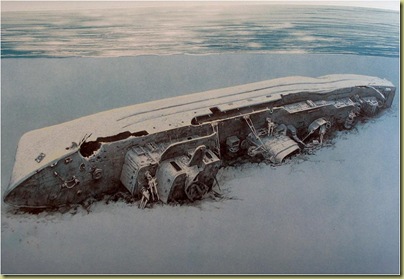

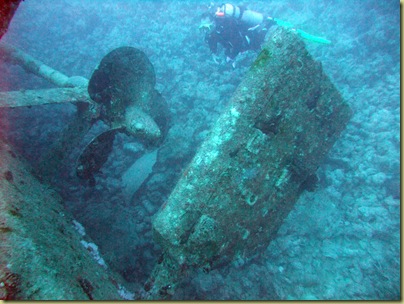
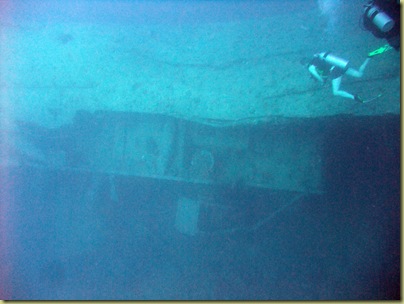
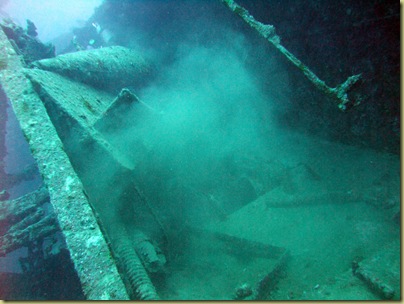
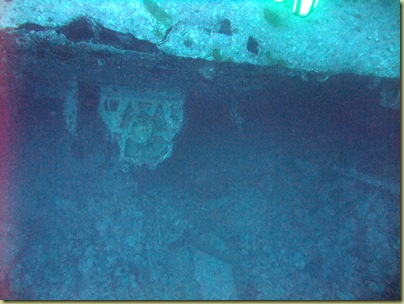
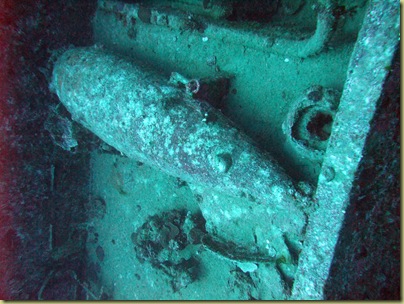

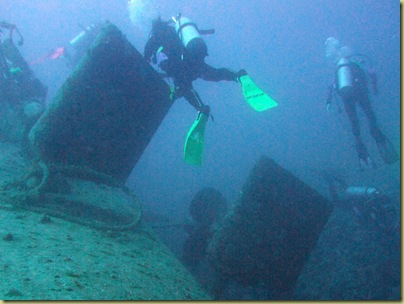
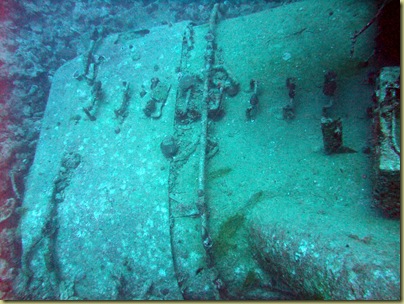
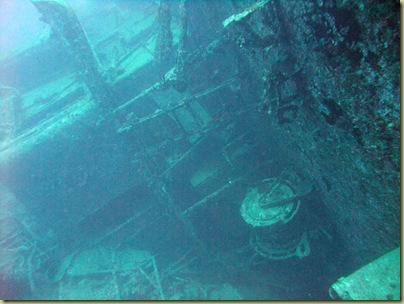

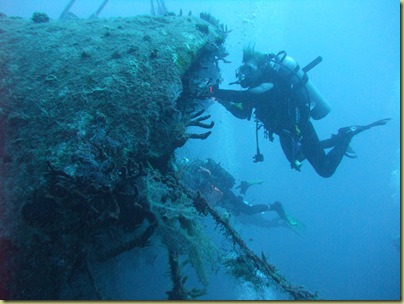
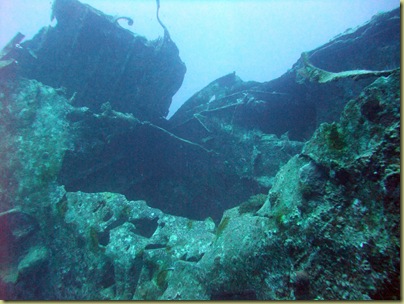
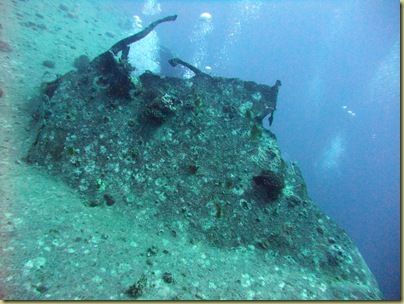
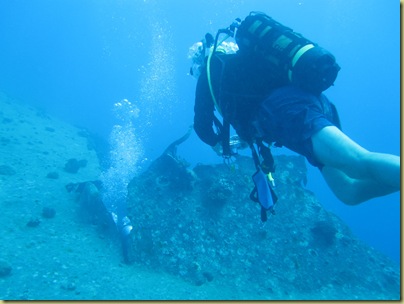
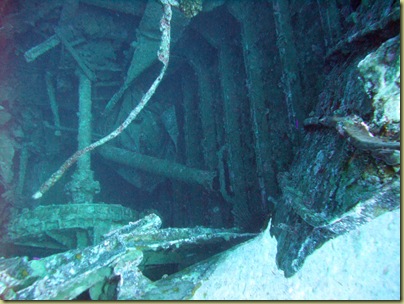
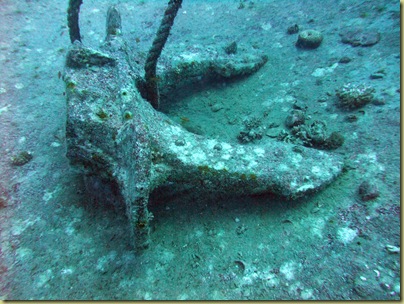
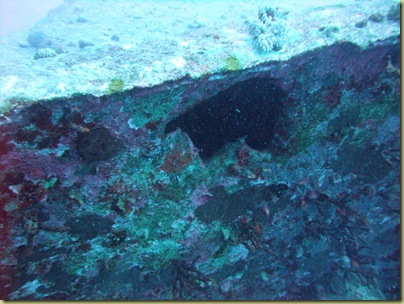
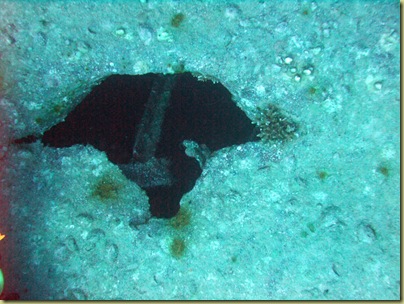
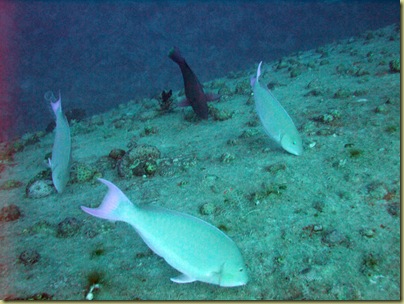
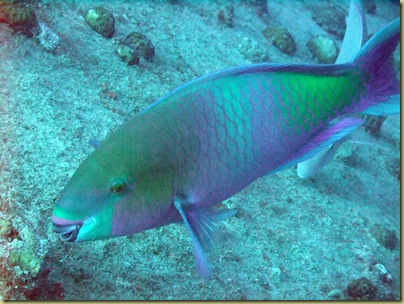

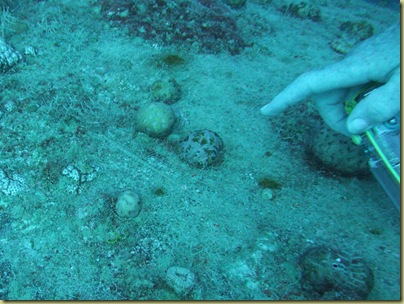
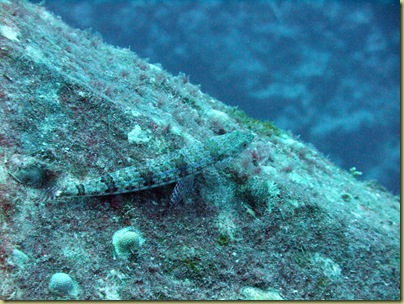
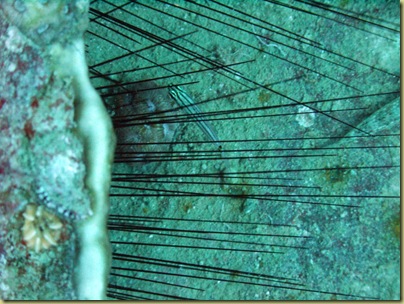
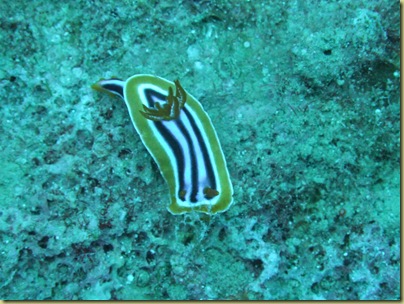
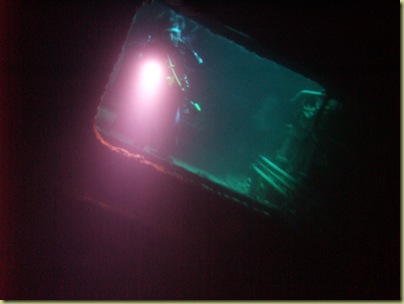
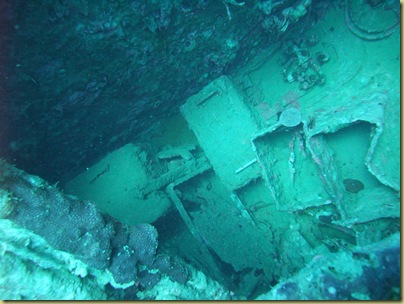
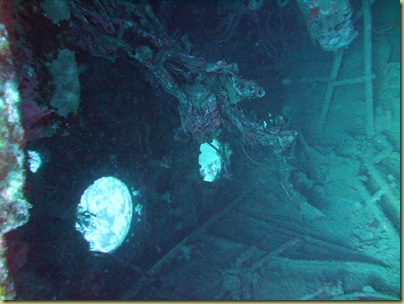
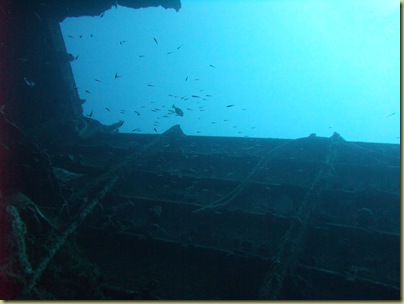
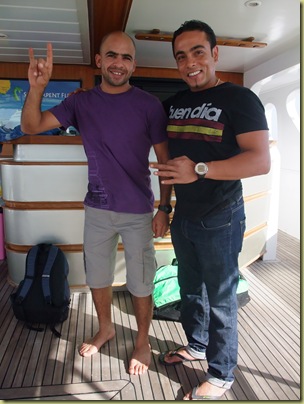
No comments:
Post a Comment